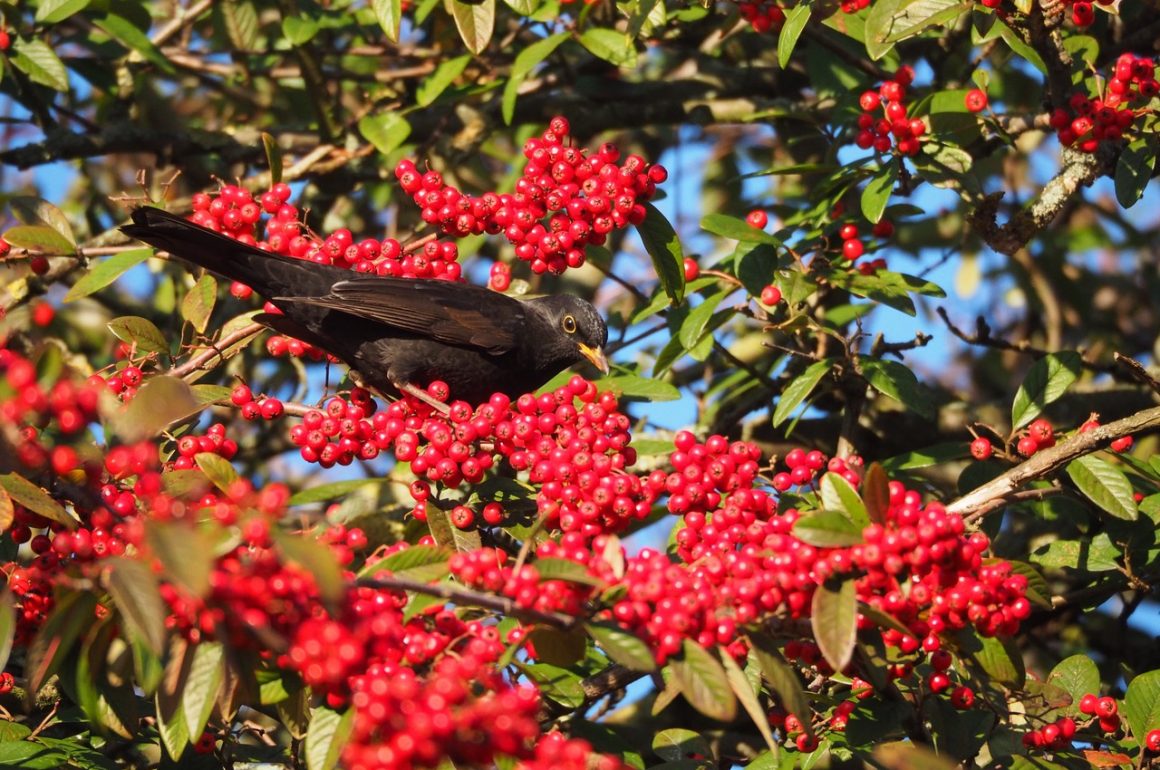
I was first introduced to what is generally called house style many years ago, when I started work as a lowly editorial assistant on a weekly country magazine. The magazine had what was called The Style Sheet, and it had to be obeyed under all circumstances, without exception. Certain words or phases had to be avoided (such as always use before rather than prior to), never use two words when one will do, avoid clichés and always use the correct terminology. With the latter there are many traps for the unwary, especially with wildlife subjects. For example, the names for male, female and young deer are very much species-specific. With a Red Deer its stag, hind and calf, for a Fallow Deer buck, doe and fawn, and for a Roe buck, doe and kid. To describe a male Fallow Deer as a stag would have been a sacking offence.
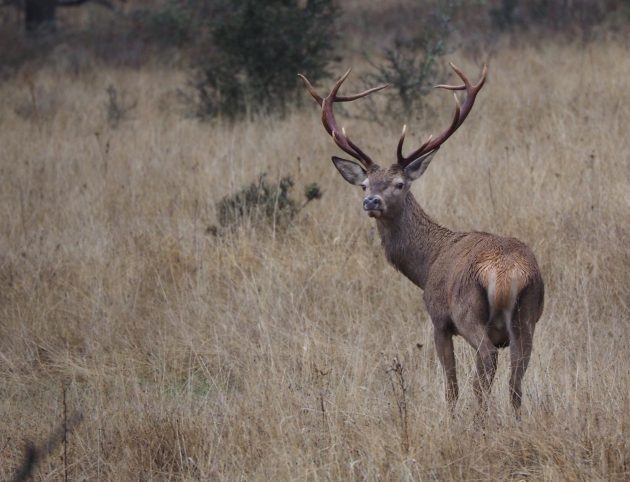
A male Red Deer is always a stag, never a buck
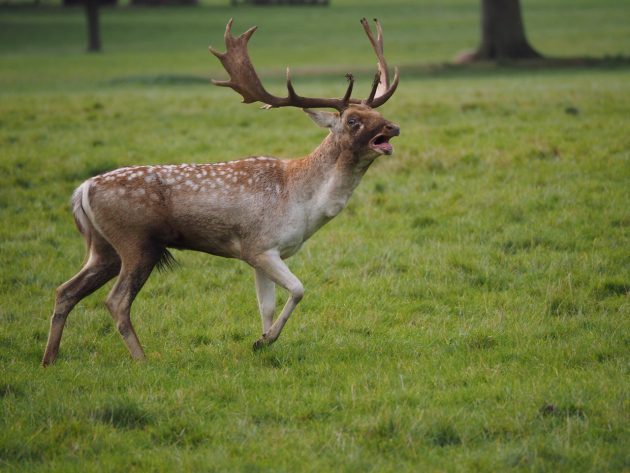
Similarly, a male Fallow Deer is always a buck, never a stag
There were challenges is using bird names, too. Was it a Wigeon or a Widgeon, and should an s be added to the plural? The correct answer was Wigeon without the d (the use of a d in Wigeon is generally regarded as archaic), while it wasn’t house style to add an s to the plural. I still find it difficult to describe a flock of Wigeon as Wigeons – for some reason it doesn’t sound right. The same goes for all duck names, but I appreciate that many people feel differently.
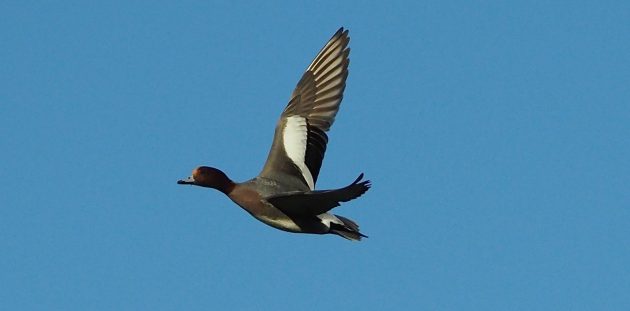
A drake Wigeon, not a Widgeon
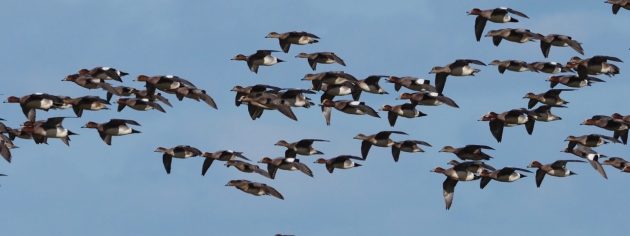
A flock of Wigeon, or should it be Wigeons?
One hard rule was that the names of birds or animals were never capped, so it was always wigeon rather than Wigeon, and red deer rather than Red Deer. Latin (scientific) names followed the widely established procedure of the first part of the name being capped, but the second part in lower case (even when it’s a person’s name), and always published in italics, so for a red deer it was Cervus elaphus, or for a Cetti’s Warbler Cettia cetti.
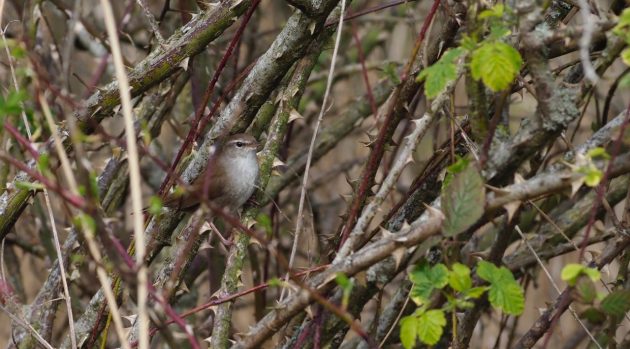
Cetti’s Warbler, Cettia cetti, is named after Fr Francesco Cetti, an Italian Jesuit priest
Whether bird or animal names should be capitalised remains a hot subject for debate. The house style for 10,000 Birds is to use capitals, something that doesn’t come naturally to me as the majority of publications I’ve contributed to during my life have insisted on lower case, not capitals. So if you spot uncapitalised names in one of my posts, it’s because I haven’t subbed my work carefully enough.
Here in the UK the great majority of bird and wildlife magazine use capitals – British Birds, Bird Watching and Birdwatch all follow this rule. However, it’s by no means universal, as the RSPB’s magazine (with a circulation far larger than the previous three titles combined) doesn’t. According to the RSPB, “When you use common names then it is correct grammar to not capitalise them, unless the first word starts a sentence”. Newspapers and general interest magazine rarely capitalise bird or animal names, either.
Needless to say, you can find a lot of debate about the subject on the Internet. The IOC World Bird List is adamant on the subject: “An important rule adopted at the outset was that the words of an official birds name begin with capital letters. While this is contrary to the general rules of spelling for mammals, birds, insects, fish, and other life forms (i.e., use lowercase letters), the committee believed the initial capital to be preferable for the name of a bird species in an ornithological context, for two reasons. It has been the customary spelling in bird books for some years; and secondly because it distinguishes a taxonomic species from a general description of a bird. Several species of sparrows could be described as ‘white-throated sparrows’, but a ‘White-throated Sparrow’ is a particular taxonomic species.”
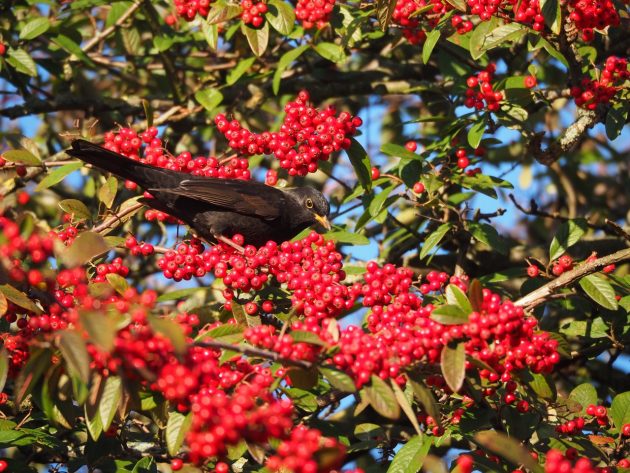
Definitely a Blackbird, but it’s also a black bird
That, of course, is a fair point. Many bird names are confusing. Is a blackbird simply a bird that happens to be black, or is it a Blackbird Turdus merula? Give the name a capital and there’s no doubt. Here in the UK we call Larus canus the Common Gull, but in truth it’s not really very common, so the American name for the same bird of Mew Gull is better. If I write a piece describing seeing a flock of common gulls you might think I was writing about Black-headed Gulls, which are much more common than so-called Common Gulls. Incidentally, it seems that this gull acquired its name by nesting on commons (areas of open ground) in Scotland, not because it’s a common bird.
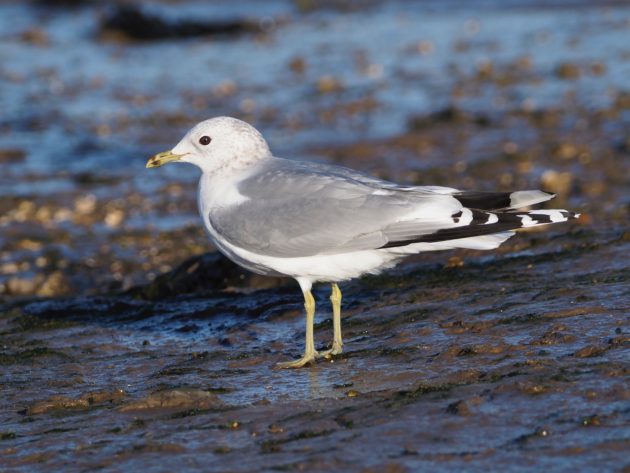
In Britain, Common Gulls are never very common
Little Gull is a similarly confusing name. If I write about little gulls, you might think I’m talking about small gulls, not Little Gulls, Hydrocoloeus minuta. Incidentally, when did Larus minutus become Hydrocoloeus minuta? There was a time when Latin names rarely changed, but these days taxonomists delight in confusing us with new ones. The Wigeon, for example, used to be Anas penelope, but now I see it’s become Mareca penelope, though the latest edition of my standard reference books, the Collins Bird Guide 3rd edition, still keeps it as an Anas. All very confusing.
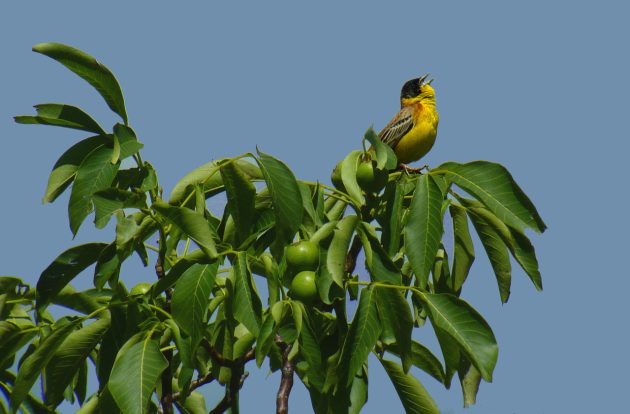
A Black-headed Bunting, not a Black-Headed Bunting
Equally confusing is when not to use capitals when writing about birds. For example, a Black-headed Bunting is never a Black-Headed Bunting, while if you see a flock of buntings they should never be Buntings. They are simply buntings, as they haven’t been specifically identified.
I suppose my lack of enthusiasm for using capitals stems from the fact that I’m a writer, not a scientist. Using capitals is very Germanic, and it’s a style that tends to be generally avoided by writers of the English language. I also have a small problem with the fact that 10,000 Birds prefers American English to English English. I’ve been writing English English for all my life, so it’s too late to change me now, which is why I write about capitalisation, not capitilization. My apologies to American readers, but I’m sure you understand.













Great post! Interesting to learn about all these rules and conventions. The ones of 10,000 Birds are due to the US American origins of the site – but David, given the quality of what you write, you can set your own rules …
Excellent post, David. Something I have struggled with as a writer myself – I have given up being annoyed at the newspaper for de-capitalising the bird names I include in my articles. Never knew that perhaps it is convention and not ignorance. The cynic in me screams the latter. And I sit right in the middle for American vs English English. Sometimes I write in one, other times the other. I just pick one and go with it because I learned English English but sometimes apps can auto-update and then auto-correct to American English. It’s a headache. Ugh. Tomato/tomato. Plover/plover.
I get some small pleasure from writing about the Blue-GRAY Gnatcatchers I see in Mexico, but the Great GREY Shrikes I see in the Old World. It seems more respectful, somehow. But yes, American that I am, I’m all in on capitalizing specific bird names.
And it is a helpful observation that, in our times of DNA analysis, it has become much more practical for laymen to use only the official English names for species. Scientific names now seem to change constantly. Spanish names, however, are worse than useless, as they may change from town to town.
I used to work as a copy editor for a community newspaper. Style conventions would drive me nuts. I follow the American style for bird names, since being in Canada, we are influenced by them.